Automotive Popularity Contest: J.D. Power Releases APEAL Study for 2019

J.D. Power’s Automotive Performance, Execution and Layout Study, cleverly nicknamed as APEAL, was released on Wednesday. While we absolutely wouldn’t recommend using it as the foundation for your next vehicular purchase, it is a fun way to examine how the public views the various brands after 90 days of ownership.
Technically an automotive popularity contest, the 2019 APEAL study examines an owners’ “emotional attachment and level of excitement with their new vehicle across 77 attributes, ranging from the power they feel when they step on the gas to the sense of comfort and luxury they feel when climbing into the driver’s seat,” according to its publisher.
Expectedly, premium brands performed better overall — no doubt helped by their high-falutin owners’ smug sense of self-satisfaction. But there were a few pedestrian nameplates that managed to buck the trend and find themselves in the mix.
Porsche made a comeback, stealing first place from Genesis — which was last year’s king and tied with Porsche for second in 2019. However, based on J.D. Power’s 1000-point scale, the actual difference moving down the list is nearly negligible. While Porsche held a commanding lead with 891 points, the rest of the luxury field was all over one another. With the premium brand average sitting at 853, only Cadillac (852), Lexus (848), Alfa Romeo (846), Jaguar (843), Acura (832), and Infiniti (828) fell below the mean.
Mainstream brands averaged at 818 points, with Ram (851) and Dodge (848) beating out a decent number of luxury brands. This was also the case for Mini (835), Volkswagen (829), and Ford (828). But the rest of the regular-people marques were so damned close that it’s hardly worth mentioning. They all performed above 800, with the exception of Mitsubishi. The triple-chestnut brand only yielded a score of 773, despite evidence that it has been trying hard to turn things around and even managed to improve sales over the last couple of years. Meanwhile, Buick made it by the skin of its teeth with a score of 800 ( maybe it’s the ads).
If you want to see how the mid-pack contenders managed or just examine the metrics used, check out the study on J.D. Power’s website and draw your own conclusions. But there are a few things you’ll probably notice immediately. First, overall happiness seems to have gone up across the board vs previous years. People seem more satisfied all around — something the researchers attributed to industrywide improvements in infotainment and safety.
The other takeaway is that there are hardly any “good cars” left on the market. Broken down by individual models, and showcasing the top three vehicles from each segment, the study found itself shy one auto in four of the nine established car categories. This was reportedly due to there not being enough models that performed above the industry average on the survey. We imagine this is simply the result of there being so few low-riding automobiles left on the market, as fewer players mean fewer winners.
J.D. Power gave a strange account of how cars have developmentally stagnated despite reporting that the APEAL gap between cars and “SUVs” actually shrank this year. It noted that cars continue to outperform crossovers in terms of fuel economy and engine/transmission satisfaction”because cars are lighter,” while also stating that crossovers had the edge everywhere else… including “driving dynamics.”
“Fuel economy will always be an important consideration for shoppers, but they are increasingly wowed by the capability of modern SUVs,” explained Dave Sargent, Vice President of Global Automotive at J.D. Power.
We’ve similarly been impressed by the improvements made in crossover vehicles over the last few years (some even drive like cars now). But perhaps “driving dynamics” is a broadly applied term in the APEAL study and incorporates the confidence one feels sitting higher in the saddle? Since the J.D Power never wants to share the finer points of its research with the general public, we’re never going to know.
We wouldn’t worry about any sweeping assessments between cars and SUVs, though. It’s very nearly apples and oranges. Besides, a subset of the people J.D. Power depends upon for its survey data clearly have terrible taste.
[Images: Porsche AG; J.D. Power]

A staunch consumer advocate tracking industry trends and regulation. Before joining TTAC, Matt spent a decade working for marketing and research firms based in NYC. Clients included several of the world’s largest automakers, global tire brands, and aftermarket part suppliers. Dissatisfied with the corporate world and resentful of having to wear suits everyday, he pivoted to writing about cars. Since then, that man has become an ardent supporter of the right-to-repair movement, been interviewed on the auto industry by national radio broadcasts, driven more rental cars than anyone ever should, participated in amateur rallying events, and received the requisite minimum training as sanctioned by the SCCA. Handy with a wrench, Matt grew up surrounded by Detroit auto workers and managed to get a pizza delivery job before he was legally eligible. He later found himself driving box trucks through Manhattan, guaranteeing future sympathy for actual truckers. He continues to conduct research pertaining to the automotive sector as an independent contractor and has since moved back to his native Michigan, closer to where the cars are born. A contrarian, Matt claims to prefer understeer — stating that front and all-wheel drive vehicles cater best to his driving style.
More by Matt Posky
Latest Car Reviews
Read moreLatest Product Reviews
Read moreRecent Comments
- Lou_BC Sweet car.
- FreedMike With 157K miles, that's basically a beater that looks good. Plus, I heard Honda CVTs turn dicey with age. I'm a "no" at $12,500, but someone's heart will go all aflutter over the J-vin (Ohio-vin?) and pay up. With a manual in the same shape, I'd be in for a LOT less.
- EBFlex More proof the EV world is crumbling. In a market with supposedly “insatiable demand”, these kinds of things don’t happen. Nor do layoffs.
- Buickman 17 Lacrosse, 18 Enclave, 19 Stingray Drop.each Red, Tan guts.I just want to feel this moment, and I own it~ (them, sic)
- FreedMike Dodge always had the best colors on the Challenger. I particularly liked Hemi Orange and Plum Crazy. Otherwise, give me Mazda's Soul Red.





















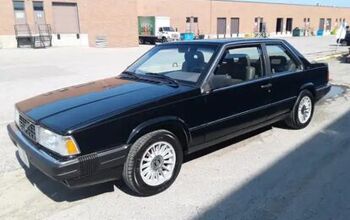
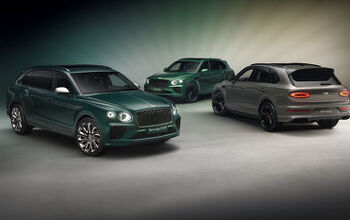

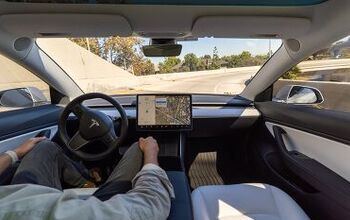
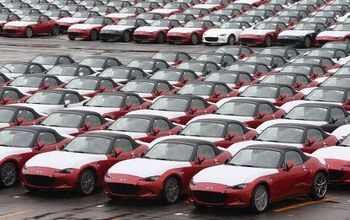
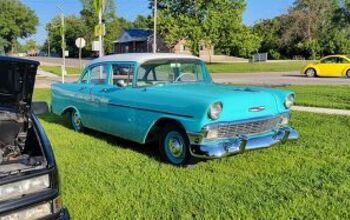
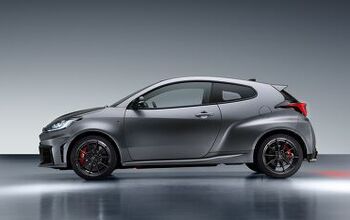
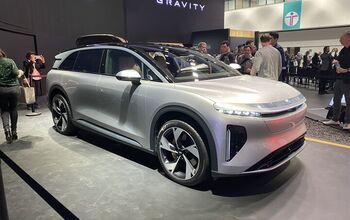
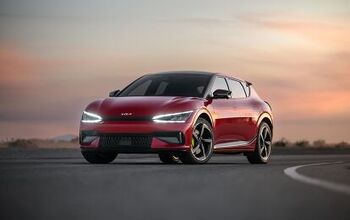

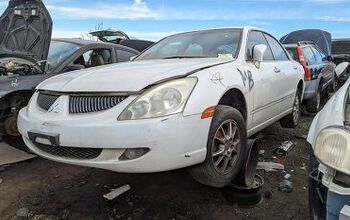

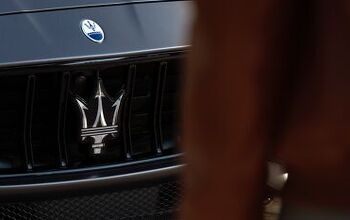

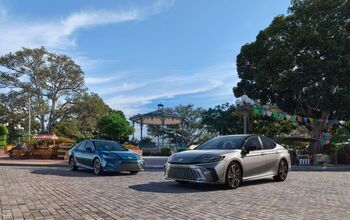
Comments
Join the conversation
JD Power really needs to figure out a way to include Tesla in their reporting.
The 'study' is clearly biased, considering the midsize truck segment which puts the Ford Ranger up top, despite the fact that it has only barely been on the market for 6 months (if that long, considering some markets.) The Ranger is 'most popular' more because of an 8-year pent-up demand for the model than any ongoing popularity. This isn't to say that the Ranger won't keep that position but using the initial surge of sales on a new model as an average representation of model popularity is specious in the least. I also noticed that several automotive classes were bypassed, possibly because they wanted to avoid naming a specific brand and model.